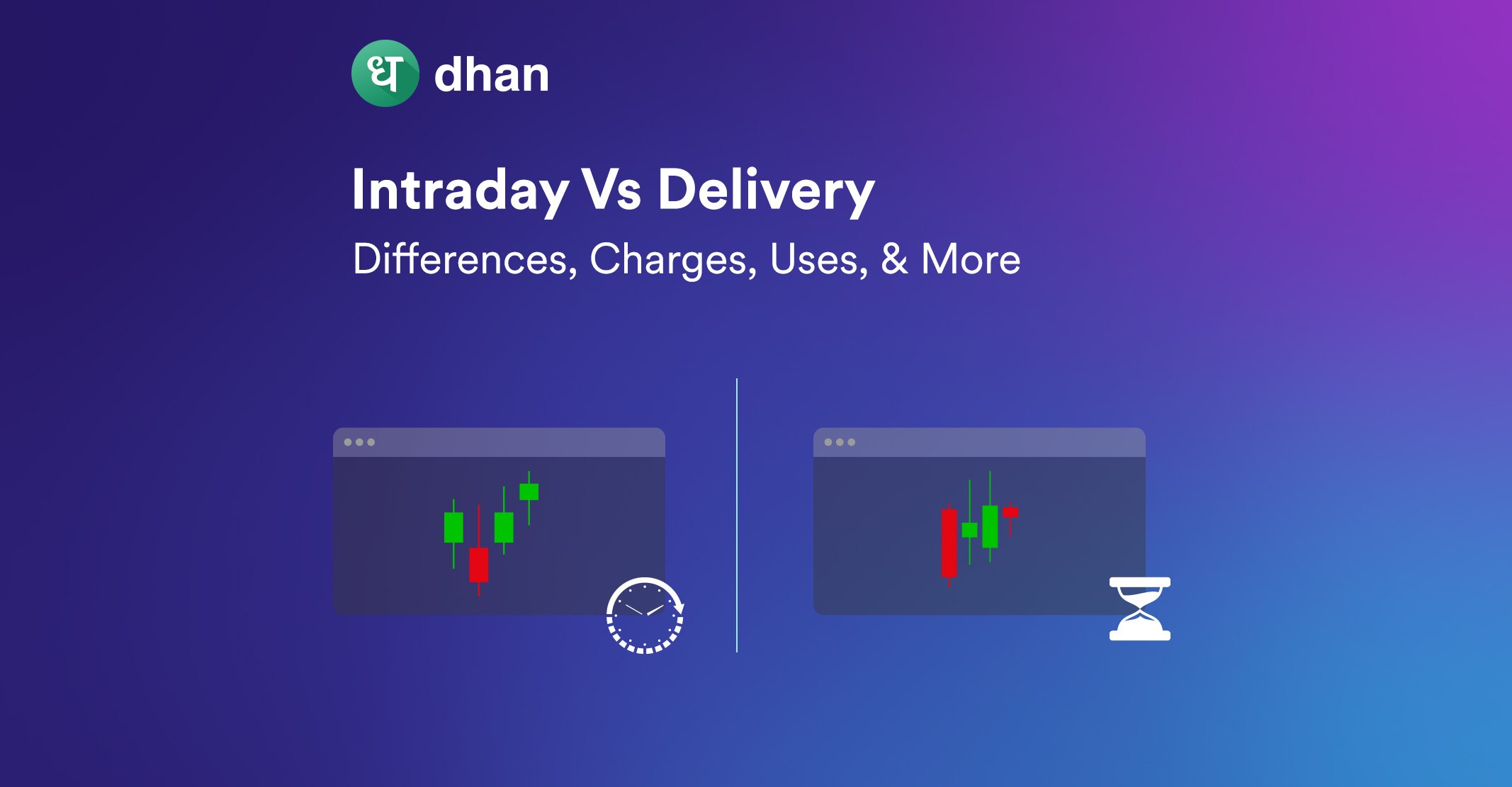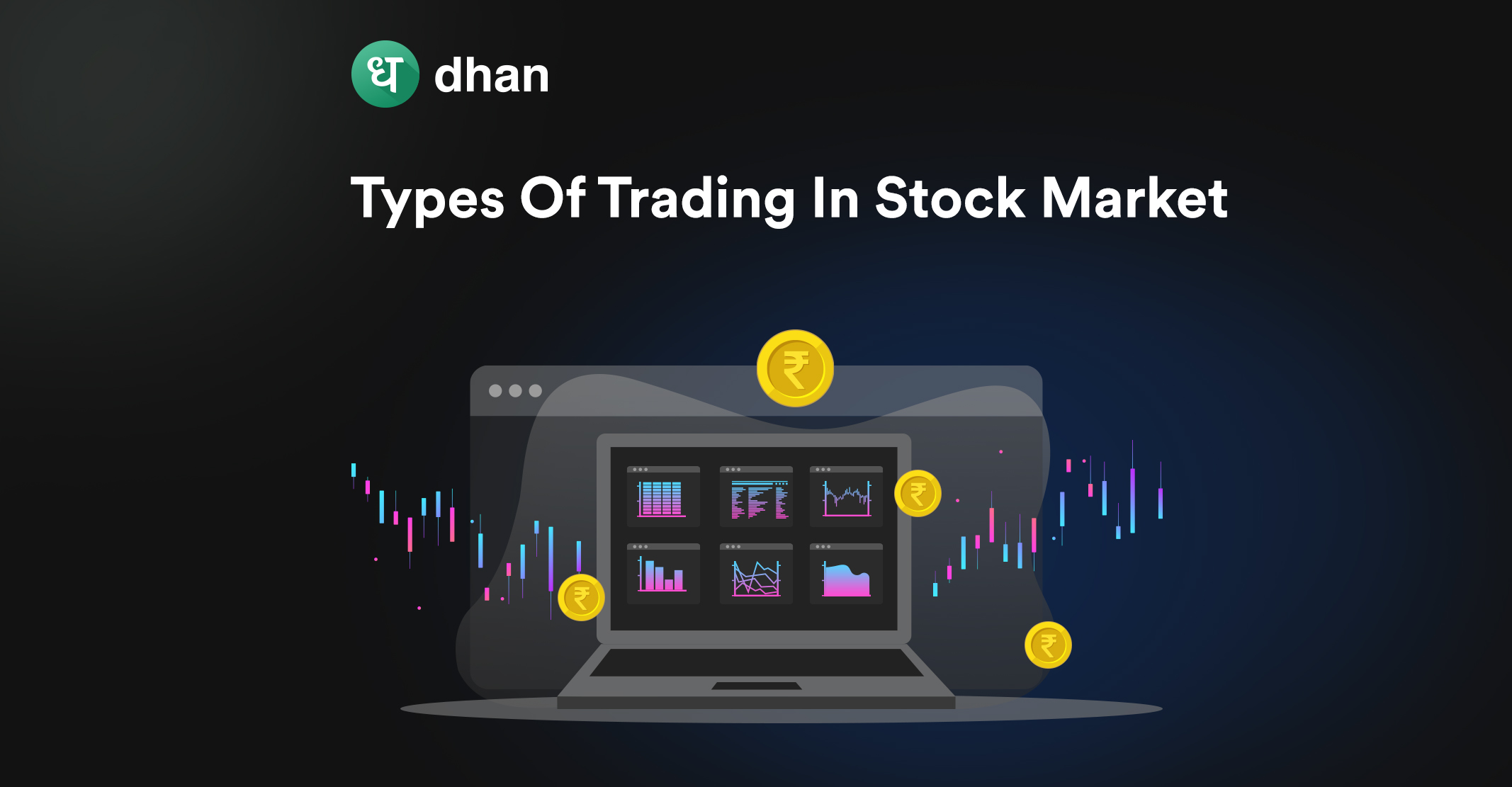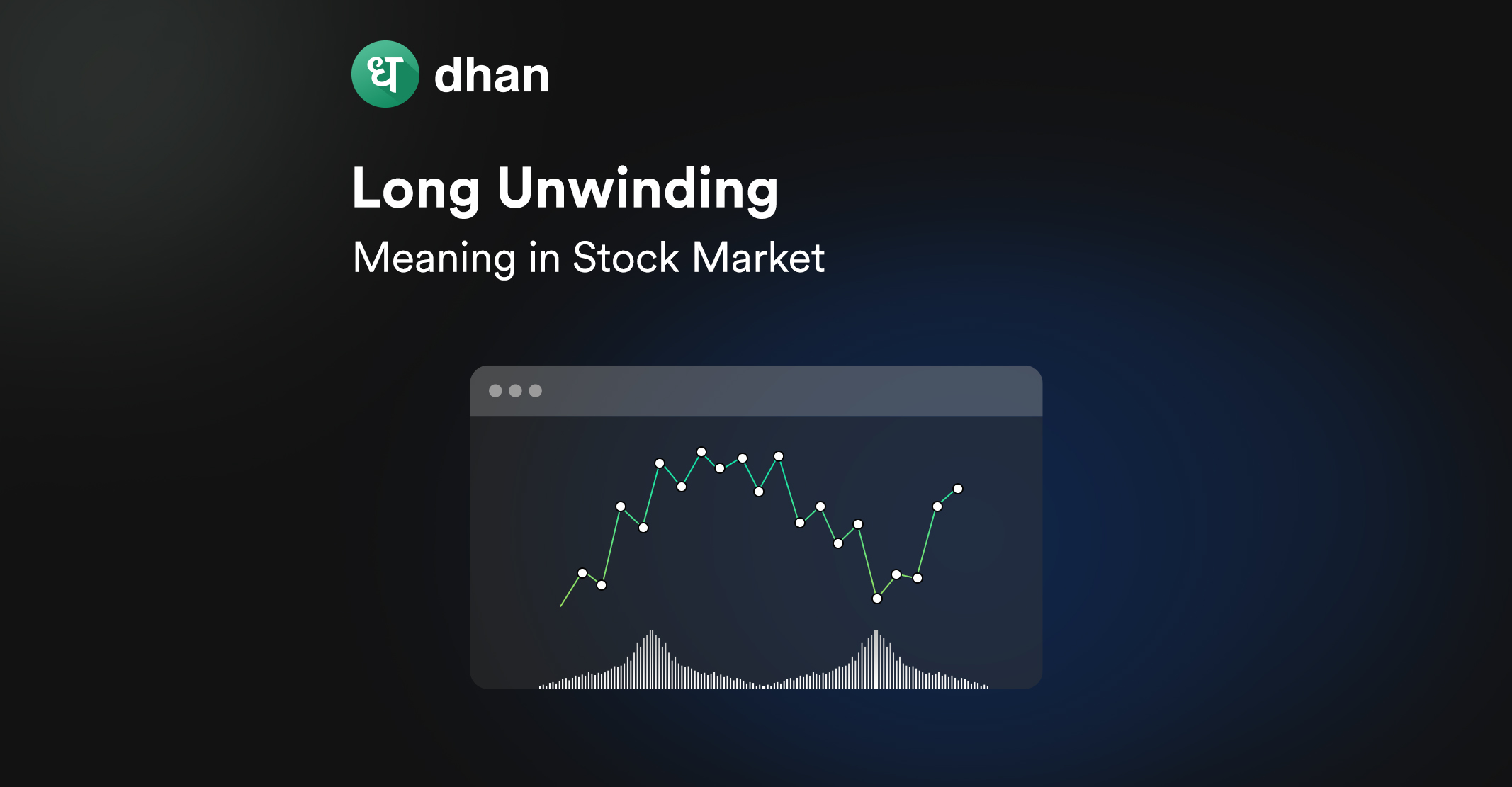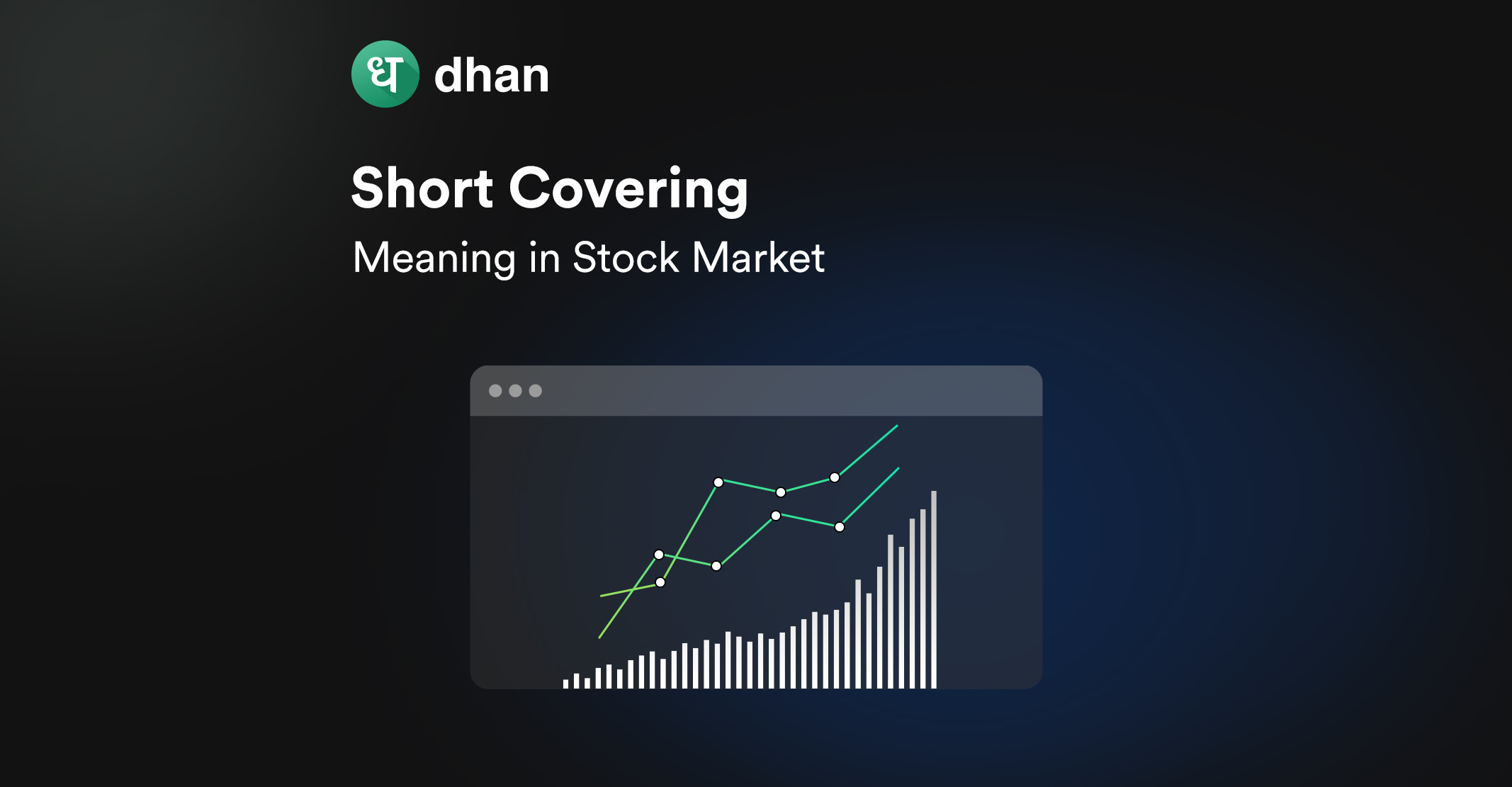Stocks bring you face-to-face with choices, and two common types of trading styles you’ll have to choose between are intraday trading and delivery trading.
Each style has its characteristics and, of course, its own set of advantages and challenges.
To guide you through this, we’ll break down the essentials of Intraday vs Delivery trading.
What is Intraday Trading?
Intraday trading is a form of trading that involves buying and selling stocks on the same day. It is also known as day trading wherein stocks are not transferred to your demat account because you won’t be holding the position overnight.
Trading stocks intraday requires you to make quick decisions with the help of charts, indicators, and technical analysis.
The goal of day trading is to make incremental profits, say 2% to 5%, and move on to the next trade.
Exchanges typically require a 20% margin for intraday positions, which means you can trade a stock worth Rs. 1,000 with just Rs. 200. You can access more leverage with pledge margin benefit.
That said, the same leverage has the potential to magnify your losses, and managing risk with stop loss and other tools becomes crucial.
What is Delivery Trading?
Delivery trading involves buying and selling stocks over a horizon of days, weeks, or even months. This means you’ll hold the stock overnight for sure.
It is the conventional way of participating in the equity market, where the stocks are transferred to your demat account on settlement.
While still intense, delivery trading gives you the liberty to analyze the markets at your own pace with the help of fundamental or technical analysis.
The goal here is to make substantial profits, say 8% to 12%, and there’s no rush to buy or sell at a high volume.
However, you will have to pay the full margin amount for the stock. If it’s worth Rs. 1,000, your trading account will be debited by Rs. 1,000.
There are features like Margin Trading Facility that give you up to 4X leverage, which means you can control positions with 25% of the required capital.
Pros and Cons of Intraday Trading
Here are the pros and cons of intraday or day trading.
Pros:
- Potential for Quick Profits: Short-term market volatility can be leveraged for gains.
- No Overnight Risk: Positions are closed out daily, mitigating potential losses due to issues arising after market hours.
- Leverage Benefits: Traders can use leverage to amplify trading positions, enhancing potential returns.
Cons:
- High Stress and Pressure: Quick decision-making can be stressful and demands constant market monitoring.
- Risk of Significant Losses: High leverage, although advantageous, can also result in substantial losses.
- Requires In-depth Knowledge: Becoming a successful trader in intraday often hinges on advanced understanding and analysis of market mechanisms.
Pros and Cons of Delivery Trading
Here are the pros and cons of delivery trading.
Pros:
- Potential for Substantial Gains: Longer holding periods can result in significant profit from sustained company or sector growth.
- Lesser Monitoring: Not bound to constantly watch the market, offering a convenient trading experience.
- Dividend Benefits: Possibility to receive dividends, adding to your investment gains.
Cons:
- Capital Immobility: Money is tied up for longer periods, sometimes without the desired returns.
- Risk of Negative Market Events: Longer exposure to the market means higher risk from adverse price shifts over time.
- Takes Patience: Results are often not immediate, requiring a committed and patient investment approach.
In sum, whether you engage in delivery vs intraday, considering these factors will give you a realistic insight into what strategy fits best.
Intraday Vs Delivery Charges
Understanding the charges associated with each trading strategy is crucial for making informed decisions. Here’s a breakdown:
1. Brokerage Charges
Intraday trading often incurs higher brokerage charges per trade compared to delivery trading. Since day traders execute multiple trades in a day, these costs can add up quickly.
2. Margin Requirements
Intraday trading typically requires lower margins since you’re not holding positions overnight. In contrast, delivery trading requires full, upfront margins due to the longer holding period.
3. Capital Gains Taxes
The money you make with each method gets taxed differently. With intraday trading, your profit counts as speculative income.
As a result, you’ll pay short-term capital gains tax, which is on the higher side compared to long-term tax treatment.
If you’re into delivery trading and hold your stocks for over a year, you would be taxed lower due to long-term capital gains benefits.
Which is Better: Intraday or Delivery?
When choosing between delivery vs intraday, you’re looking at two sides of the market.
With intraday trading, your day revolves around buying and selling options within the same trading session. It’s fast, requiring you to be sharp with your indicators and technical analysis.
Delivery trading plays out differently. Here, you hold onto your options for days or longer, with an eye on how their value will increase over time. It’s less about speed and more about strategic, long-term thinking.
Simply put, if you’re someone who enjoys the challenging pace of the markets, day trading is for you. But, if you want a more laid-back and moderately challenging discipline, delivery trading is for you.
Intraday Vs Delivery: Differences Summarized
To make it easier to grasp, let’s summarize the differences in a table:
| Aspect | Intraday Trading | Delivery Trading |
| Time Horizon | Same-day buying/selling | Longer-term buying/selling |
| Decision Making | Quick decisions | Slow and steady |
| Profit Goal | 2% to 5% incremental profits | 8% to 12% substantial profits |
| Margin Requirement | 20% margin requirement | Full margin payment |
| Risk and Leverage | High leverage, high risk | No leverage, moderate risk |
| Stock Holding | No overnight holding | Held overnight |
| Stock Transfer | Does not happen | Transferred to demat account |
| Leverage Tools | Pledge margin benefit | Margin Trading Facility |
| Brokerage Charges | Higher for each intraday trade | Lower for delivery trading |
| Capital Gains Taxes | Short-term capital gains tax | Long-term capital gains benefits |
When to Use Intraday Trading?
If you’re someone with a drive for spotting minute-to-minute market trends and you’re ready to dedicate your day to tracking these quick changes, intraday trading is made for you.
Not only does it match your quick-thinking approach, but it also offers you the thrill of pocketing profits by the day’s end.
Remember, it’s all about timing and precision here combined with a bulletproof risk management strategy.
When to Choose Delivery Trading?
Now, if you’re more comfortable playing the long game, delivery trading is where you can thrive.
Choose this if you believe more in a stock’s journey than its day-to-day hurdles. The best part? You don’t have to glue yourself to the screen all day.
This method respects your busy routine and rewards your patience, not just with potential price increases but also the cherry on top – dividends.
Conclusion
Understanding the differences between Intraday and Delivery Trading, along with intraday vs delivery charges, and when to use each strategy, is crucial for success in the stock market.
While Intraday trading offers the potential for quick gains, it comes with higher risks and costs.
On the other hand, Delivery trading offers a more stable, long-term approach to investing.
Ultimately, the choice between these two strategies should align with your financial goals, risk tolerance, and trading expertise.
Like this? Then you’ll love:



